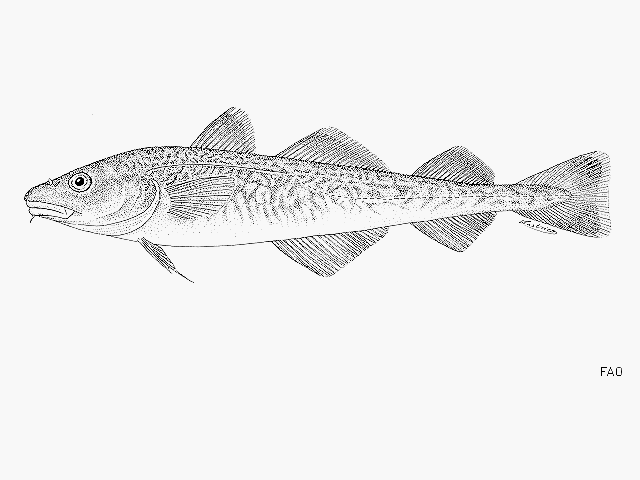| Gadidae (Cods and haddocks) |
| 42 cm TL (male/unsexed); max. reported age: 12 years |
|
demersal; freshwater; brackish; marine; depth range - 10 m, amphidromous |
| Arctic: White, Barents and Kara seas and from the Kola Bay to the Ob inlet. |
|
Dorsal spines (total): 0-0; Anal spines: 0-0. Lateral line continuous to about the origin of the second dorsal fin. Head with no lateral line pores. Expanded parapophyses swollen and hollow, beginning on about vertebral centrum 5, containing outpouchings of the swim bladder. Brownish dorsally, becoming paler ventrally; with small dark blotches. |
| Lives in the coastal sublittoral zone of the White Sea and Arctic coasts of Europe where it reflects a broad adaptation to the ecological conditions of the Arctic (Ref. 1371). Found at shallow depths, along shores with soft, muddy bottoms, close to the ice and on the continental shelf (Ref. 1371). Often caught in greatly freshened and at times completely fresh water, entering mouths and tidal zones of rivers and traveling upstream (Ref. 1371). Feeds mainly on crustaceans and worms, but takes small fishes (Ref. 1371). Taxonomic problems to be solved. |
|
Not Evaluated (N.E.) Ref. (130435)
|
| harmless |
Source and more info: www.fishbase.org. For personal, classroom, and other internal use only. Not for publication.
